-
Asteroid fragments upend theory of how life on Earth bloomed
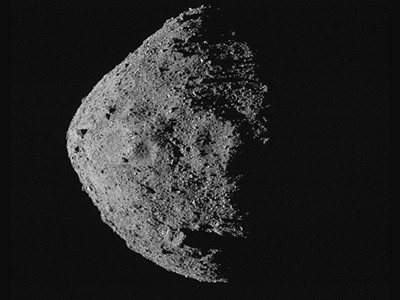
Fragments of the asteroid Bennu, carefully collected and ferried to Earth by a robotic spacecraft, contain the building blocks for life, NASA announced today. NASA ‘fist bumps’ an asteroid to reveal Solar System’s secrets Not only does Bennu contain all 5 of the nucleobases that form DNA and RNA on Earth and 14 of the…
-
Daily briefing: Chaos erupts in US science as Trump’s team declares freeze on federal grants

Hello Nature readers, would you like to get this Briefing in your inbox free every day? Sign up here. The administration of President Trump set off an uproar 27 January by suspending federal spending on grants and loans.Credit: Joe Raedle/Getty US science in chaos after grant freeze Researchers in the United States are reeling after…
-
Want to get a species protected? Publish in a small, niche journal
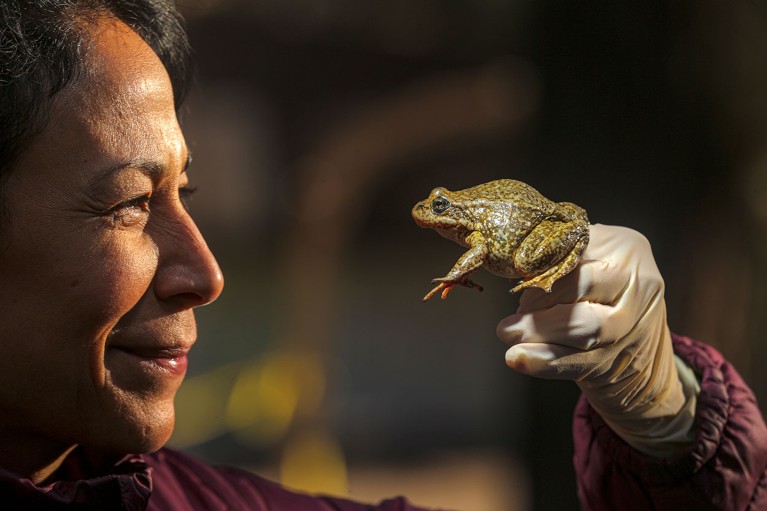
The yellow-legged frog (Rana muscosa) is a federally listed species endemic to California.Credit: Irfan Khan/Los Angeles Times via Getty Plants and animals that gain protection by US law owe much more to studies published in small, specialist journals than they do to those published in prestigious titles such as Nature and Science. That’s the finding…
-
Abundant ammonia and nitrogen-rich soluble organic matter in samples from asteroid (101955) Bennu
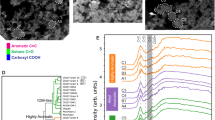
Abstract Organic matter in meteorites reveals clues about early Solar System chemistry and the origin of molecules important to life, but terrestrial exposure complicates interpretation. Samples returned from the B-type asteroid Bennu by the Origins, Spectral Interpretation, Resource Identification, and Security–Regolith Explorer mission enabled us to study pristine carbonaceous astromaterial without uncontrolled exposure to Earth’s…
-
Scientists flock to DeepSeek: how they’re using the blockbuster AI model

Thank you for visiting nature.com. You are using a browser version with limited support for CSS. To obtain the best experience, we recommend you use a more up to date browser (or turn off compatibility mode in Internet Explorer). In the meantime, to ensure continued support, we are displaying the site without styles and JavaScript.
-
New glowing molecule, invented by AI, would have taken 500 million years to evolve in nature, scientists say
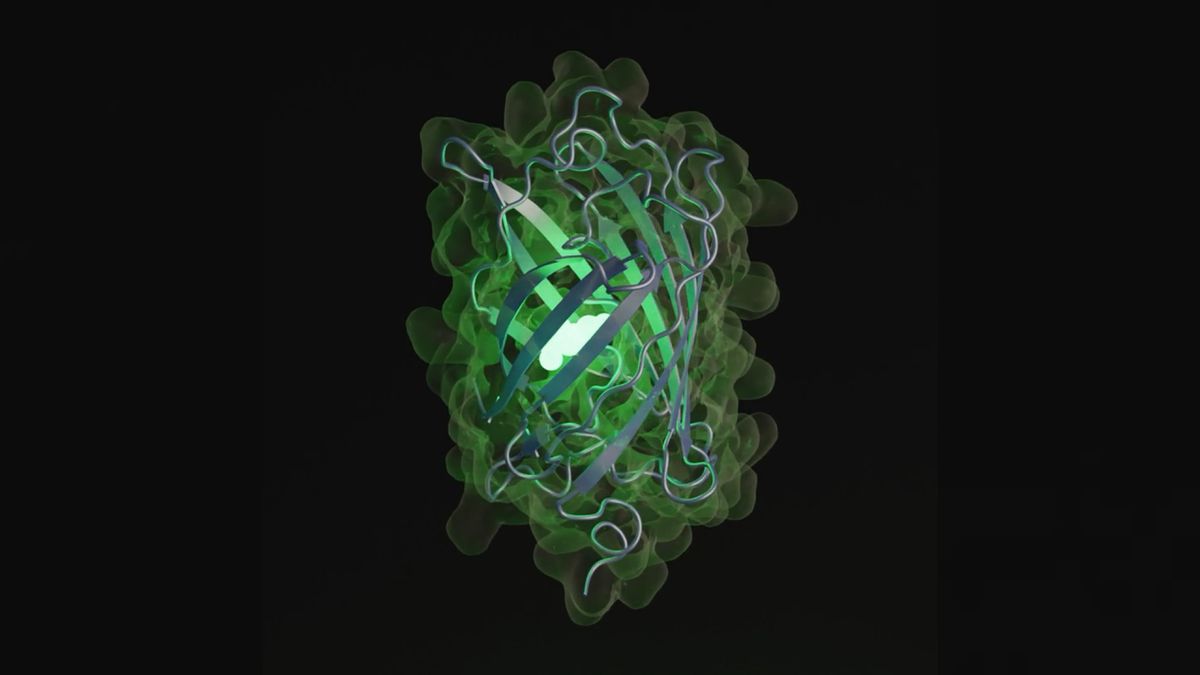
An artificial intelligence (AI) model has simulated half a billion years of molecular evolution to create the code for a previously unknown protein, according to a new study. The glowing protein, which is similar to those found in jellyfish and corals, may help in the development of new medicines, researchers say. Proteins are one of…
-
Seed Treatment Transformed… Science Powered by Nature

Levi Tipton, Seed Treatment Account Manager for Tidal Grow® AgriScience, is a forward-thinking seedsman driven by a mission to deliver value from business-to-business relationships all the way down to the farm gate. Rooted in a family farm in Iowa, his journey spans seed production, agronomy support, and a Master’s in Seed Technology and Business from…
-
Multimodal learning for mapping genotype–phenotype dynamics
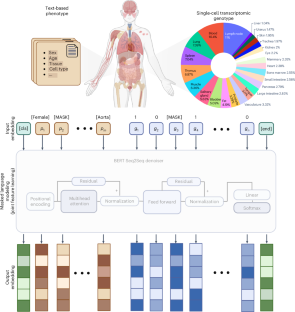
Abstract How complex phenotypes emerge from intricate gene expression patterns is a fundamental question in biology. Integrating high-content genotyping approaches such as single-cell RNA sequencing and advanced learning methods such as language models offers an opportunity for dissecting this complex relationship. Here we present a computational integrated genetics framework designed to analyze and interpret the…
-
Chaos erupts in US science as Trump’s team declares freeze on federal grants

The administration of President Trump set off an uproar 27 January by suspending federal spending on grants and loans.Credit: Joe Raedle/Getty Researchers in the United States are reeling after the administration of new president Donald Trump issued an order on 27 January that froze all federal grants and loans. A federal judge in Washington DC…
-
‘Stamp out paper mills’ — science sleuths on how to fight fake research
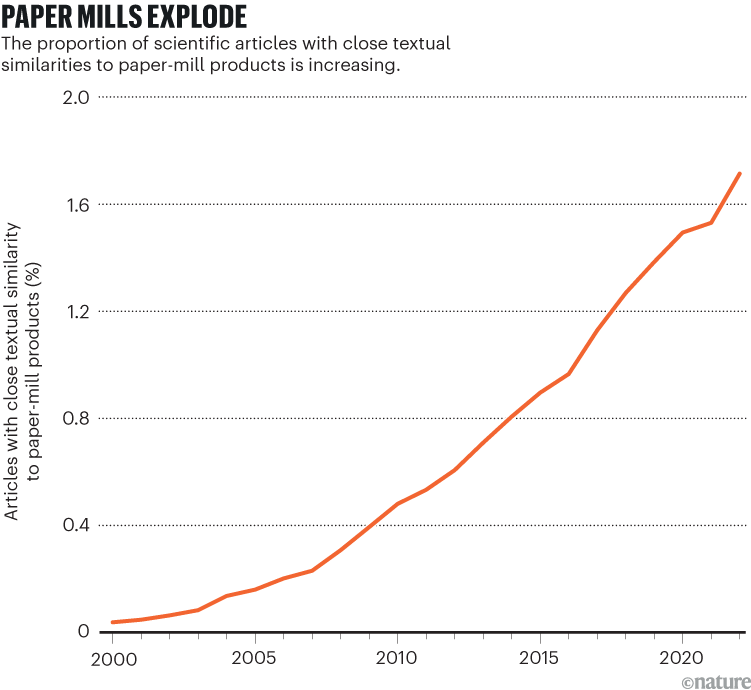
The production of fake research is now a thriving industry, thanks to paper mills. These networks sell paper authorships and poor-quality or fabricated scientific manuscripts to researchers, or violate the peer-review process by providing fake reviews. And they have become so prolific that current self-correction mechanisms no longer work. The first evidence1 of authorships for…